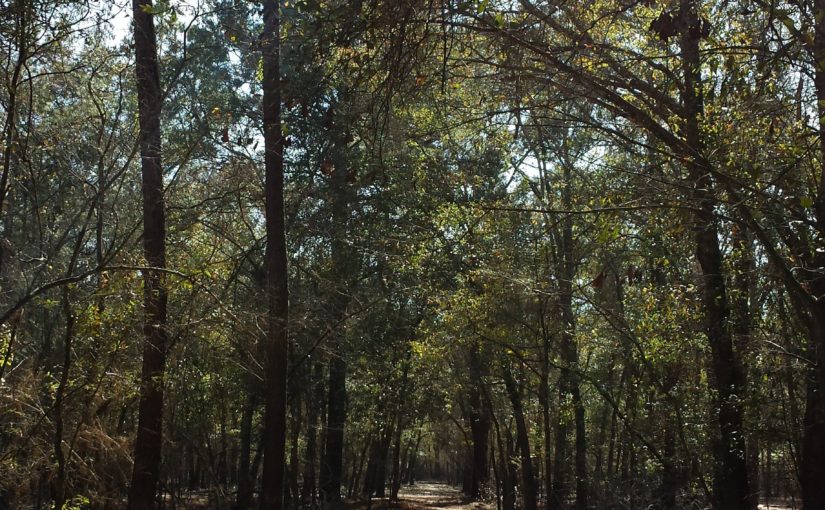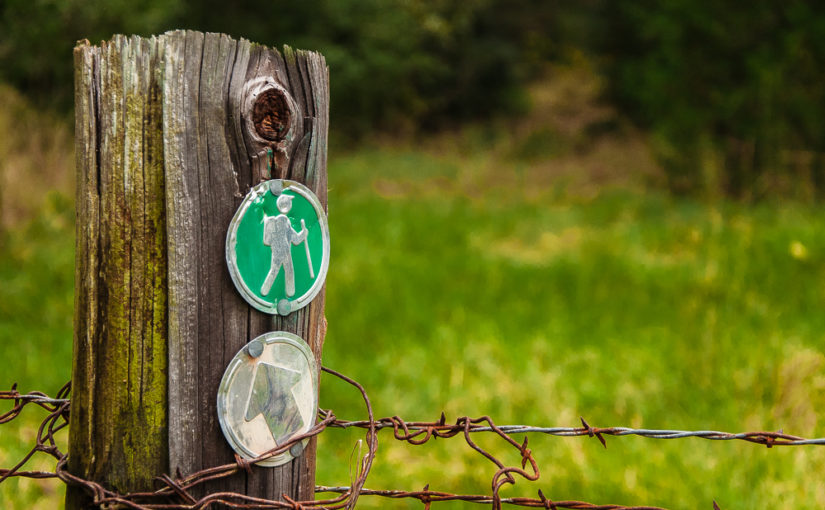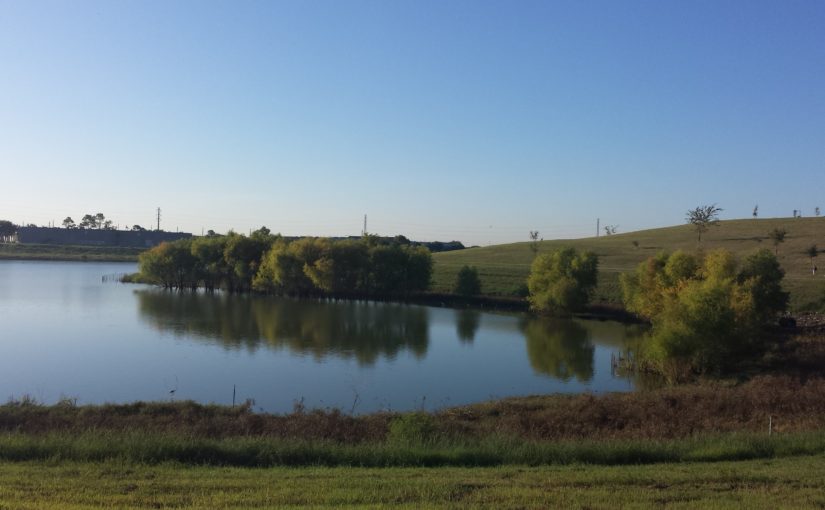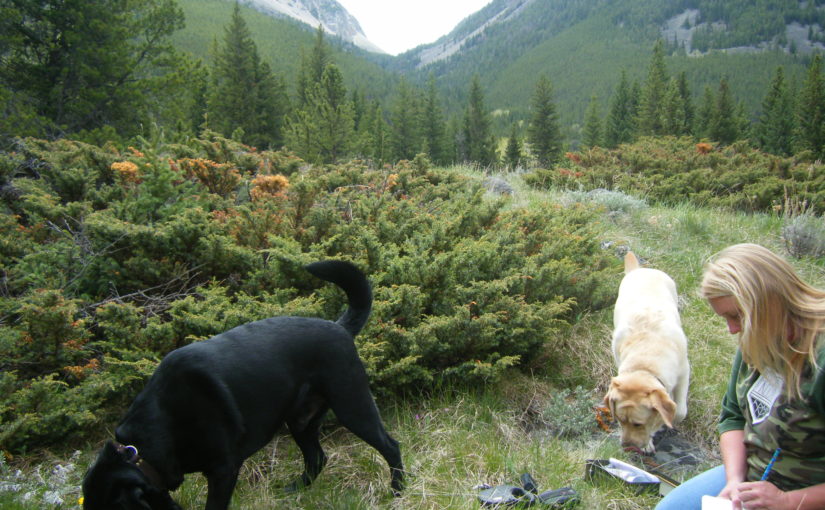-
Revival

This past year, my husband has been warning me that I was becoming one-dimensional. I pride myself on being somewhat of a complex person, and in fact that is one of the things he loves about me. Our conversations are usually so riveting, but it seemed like this past year I talked about little besides…
-
South Shore Park, Bastrop

I’ve realized that I have gotten to a certain age in my life where all my idols are Master Naturalists. This is why I felt lucky that we were in the presence of a couple of them on a nature hike last Saturday in South Shore Park. We were actually at the park for a…
-
Fiorenza Park: Eagles, Reflections, Goals, and Pipe Dreams

Every morning during the week, I turn my car east on Westpark Tollway and join all the cars heading out of Katy. There is a time, usually coming over the hill past 1093, that I hit a slowdown of this congested spot of tollway and find myself sitting still in bumper to bumper gridlock that carries…
-
Bear Tooth, Bear Claw, Buffalo Burger: A Love Story

This week, I was asking my family to tell me about the happiest times of their lives. My train of thought on the afternoon commute from work one day took me down this path, and I found it very interesting to ponder that it was actually quite difficult to determine exactly what that time or…


